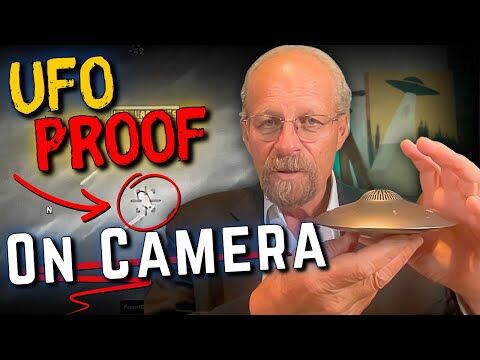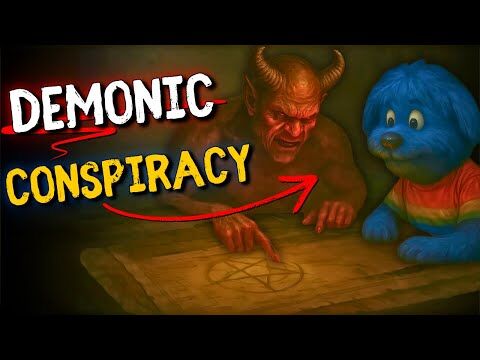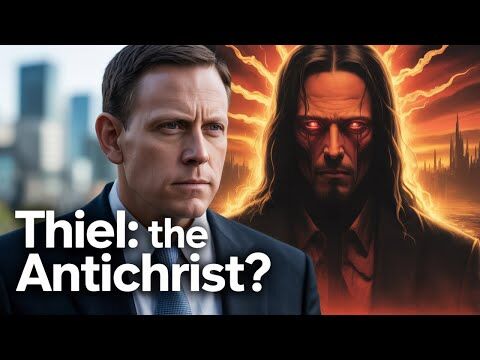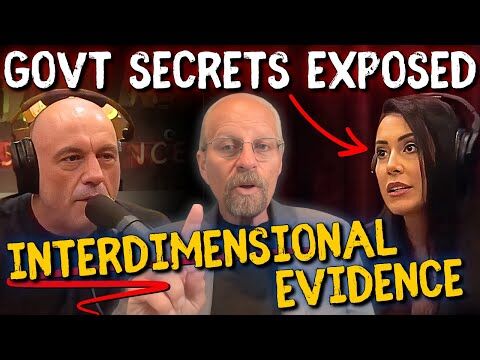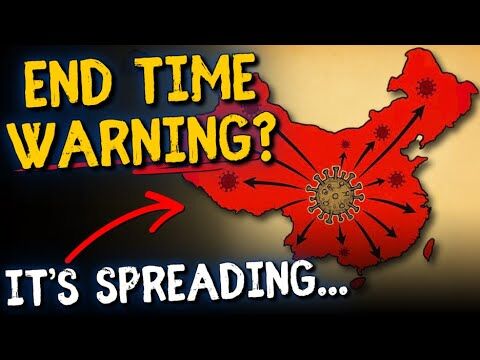After years of hearing the story from extended family members, Craig Keener verified in 2008 that his sister-in-law, Thérèse, had been raised from the dead in 1960. The seminary professor made the discovery on a visit to his wife’s native Congo-Brazzaville. Two witnesses told of how Thérèse had stopped breathing for three hours before an evangelist prayed for her and she sprang back to life.
For the professor of New Testament at Asbury Theological Seminary in Wilmore, Kentucky, the episode marked the final turning point from skeptic to believer. It was only the latest in a series of incidents he had investigated in a scholarly work on miracles.
“Instead of being a good, critical Western scholar, at this point it was like a burden,” says Keener, author of a new report on resurrections for the Bulletin for Biblical Research.
“It had gotten to the point where I had come across so much information it would be more irrational for me to disbelieve than to believe these things were happening. It changed the equation. It (raising people from the dead) was just part of their life. They weren’t trying to convince me of anything.”
Noting that during the first century many discounted the story of Christ’s resurrection, Keener details compelling evidence of the reliability of the Bible’s account. His research paper also traces numerous historical records of resuscitations, such as:
—Early church leader Augustine claimed local eyewitnesses attested to raisings.
—A second-century source attributed a Mesopotamian bishop’s conversion in the year 99 to him seeing a dead person raised by a Syrian evangelist.
—Methodism’s founder, John Wesley, recorded in his journal that on Dec. 25, 1742, he had prayed for a Mr. Meyrick, who appeared to be dead and the man revived.
Pentecostal historian Charlie Self offers another: legendary Catholic evangelist, Father Vincent Ferrer. The priest’s ministry led to the conversion of more than 20,000 Jews and 8,000 Muslims. The church canonized him as a saint in 1455, 36 years after his death.
“He went throughout Europe, preaching conversion and repentance,” says Self, a professor of church history at Evangel University in Springfield, Missouri. “There is substantial evidence of conversion and miracles and people being raised from the dead through his prayers.”
There are plenty of current stories, which Self hears from missionaries enrolled in his master’s and doctorate-level classes. The recent survival of Missouri teenager John Smith reminds Self of Peace Child, the book by Canadian missionary Don Richardson that is used in many seminaries.
In it, Richardson relates the story of a child from the tribal peoples he worked among in Western New Guinea who had drowned, but came back to life because of prayer.
“We have had a lot of spuriousness that causes a lot of people to be skeptical,” says Self, citing accounts that turned out to be a hoax. “I operate out of the theology of a Lord who does these things, as part of His plan. But I also operate out of the view that when God does something, it will be verified.”
Still, Keener says the “show me” attitude that causes so many to doubt the possibility of resurrection exposes a large cultural divide between technologically advanced countries and those in the Third Word.
In the U.S., he says many look for non-theistic explanations, but the Africans Keener talked with in Congo-Brazzaville and other areas of the world looked to God for help because they needed a miracle.
“If they had adequate medical help to begin with, the person wouldn’t have died,” Keener says. “They wouldn’t have thought medical help was wrong; it’s a gift from God. But they needed a miracle. They needed for God to work this way.”
There is another aspect of resurrection accounts that offers instruction to the church—its link with evangelism.
Miracles such as resurrection, healing and other supernatural signs occurred in Jesus’ ministry as He preached the kingdom of God and expanded its numbers. The same is true today, according to both scholars.
Noting that reports are surfacing today from such places as China, India and Mozambique, Keener’s investigation shows the more dramatic cases seem to occur amid people who are being exposed to the gospel of Jesus.
“It seems to be in places where revival is taking place and the gospel is breaking ground quickly,” Keener says. “You had that in the Korean revival in the early 20th century, which was mostly Presbyterians. Proportionally, it does happen more.”
One of the favors Vineyard founder John Wimber did for the charismatic movement was connecting spiritual power to evangelism, Self says.
“It’s the going out that seems to bring miracles, not the gathering in,” the history professor says. “God used Wimber to (emphasize) we actually have to tell the (gospel) to somebody.
“As we tell the story, we can trust God to do supernatural work. There’s greater power when the church is on mission, not simply trying to preserve its reputation.”
















